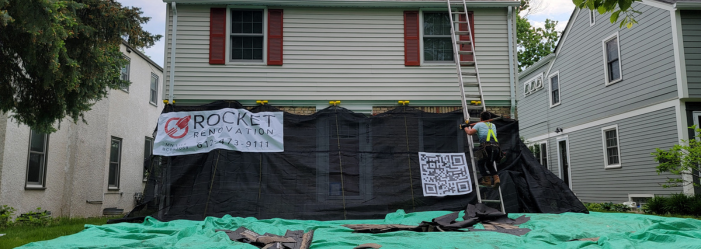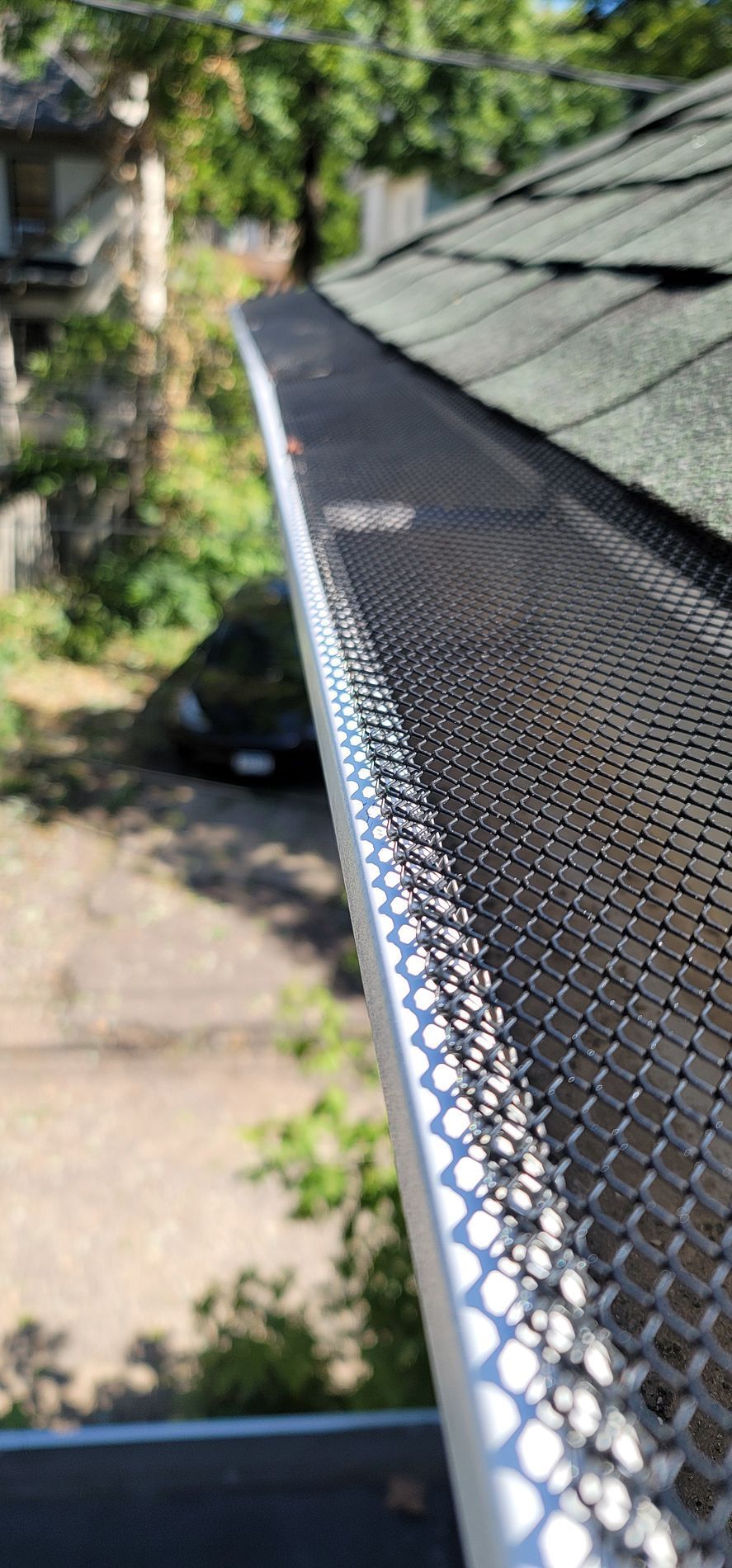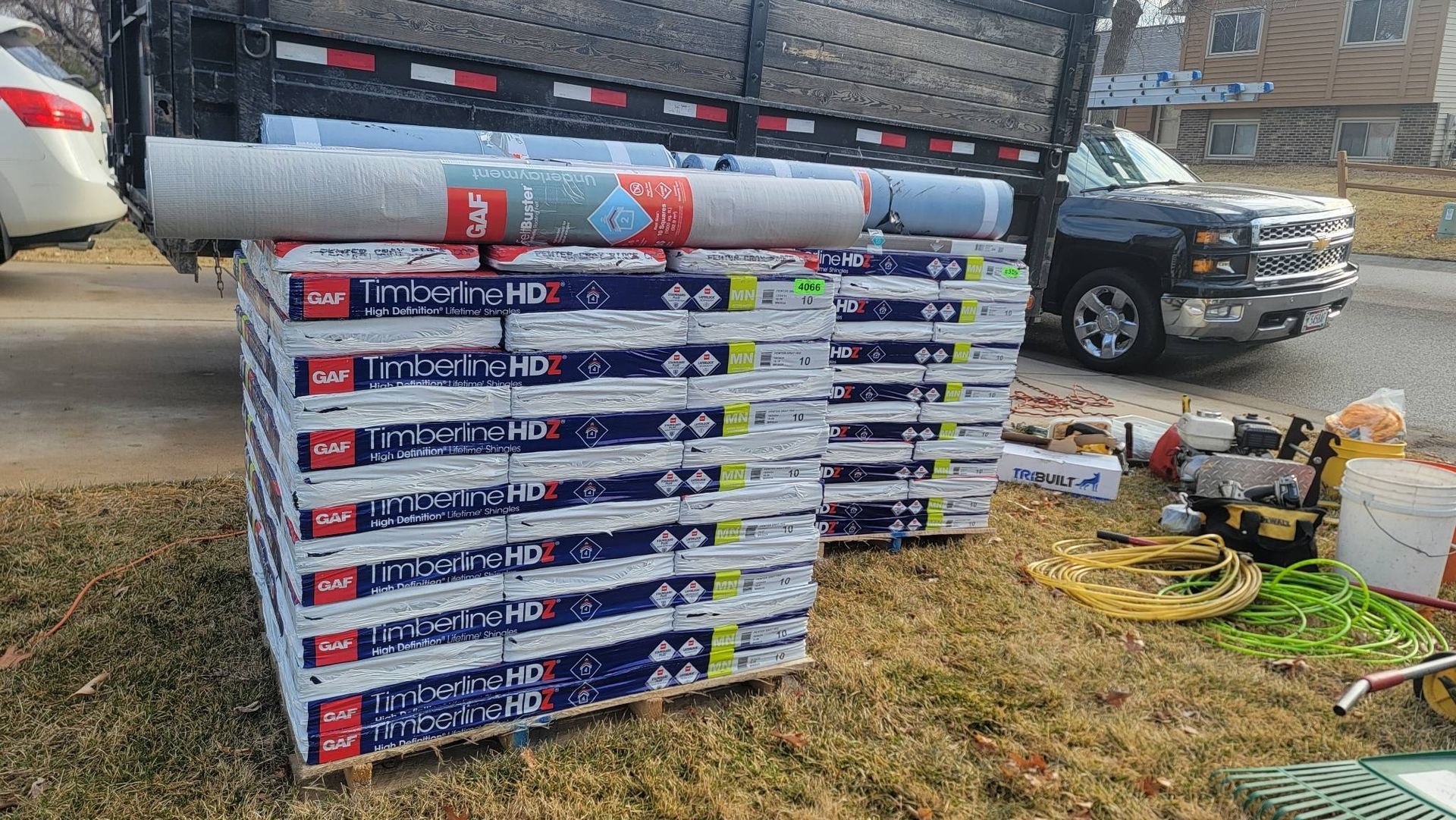How Long Does It Take to Replace a Roof?
Understanding the Factors That Impact Your Roof Replacement Timeline

Your roof is one of the most critical components of your home, protecting you from harsh weather and ensuring the security and longevity of your residence. But what happens when it starts to show signs of wear and aging? If you're considering a roof replacement, you may wonder—how long will it take?
The answer varies depending on several factors, including the size of your roof, the type of materials used, weather conditions, and more. While the average roof replacement typically takes 1–2 days under ideal conditions, several elements can extend or shorten this timeline.
Key Factors That Determine Roof Replacement Time
Weather Conditions
- Roofing in cold weather requires extra precautions and can extend the installation time. In colder temperatures, adhesives may not bond properly, and shingles become more brittle, requiring careful handling.
- Rain, snow, or ice can halt progress due to safety concerns. Wet conditions make surfaces slippery, increasing the risk for roofers and slowing the process.
- Shingles must be installed in temperatures above 40°F for optimal adhesion. Manufacturers recommend installation in dry, moderate conditions to ensure the best long-term performance.
Type of Roofing Materials
Different materials have varying installation times:
- Asphalt Shingles → 1–3 days. The most common roofing material, known for its affordability and ease of installation.
- Wood Shake & Wood Shingles → 6–8 days. These require more labor due to their unique installation process and need for spacing to allow for natural expansion and contraction.
- Slate Tiles → 6–7 days. While highly durable and visually appealing, slate is heavy and requires specialized installation techniques.
- Metal Roofing → 1–3 days. Quick to install but may require additional time if custom cutting and fitting are needed.
Each material has its own complexities, which can impact the total timeframe for replacement.
Size of Your Home
- Larger homes require more time for roof replacement due to increased square footage and more materials needed.
- A small one-room cabin takes significantly less time than a large estate home, which may also require more crew members to complete efficiently.
Roof Slope (Pitch)
- Steep roofs require additional safety equipment and time, as they pose a greater challenge for workers who need harnesses and scaffolding.
- Low-pitched roofs may need special underlayment to prevent water damage, adding to the overall labor required.
Historical Homes & Regulations
- Older homes, especially registered historical landmarks, require special care, as they may have delicate structural elements that need preservation.
- Permits and HOA regulations can delay installation, requiring additional paperwork and approvals before work can begin.
Accessibility of Your Roof
- Difficult-to-reach homes (tight urban spaces, extensive landscaping, no paved driveway) can slow down material delivery and setup. Limited space for dumpsters and equipment storage can further impact the timeline.
Structural Damage
- If only shingles need replacing, the process is straightforward and can be completed quickly.
- If the roof deck, flashing, or supporting structure is compromised due to rot or storm damage, additional repairs will be necessary before installing new shingles, adding days to the overall timeline.
Plan Ahead for a Smooth Roof Replacement
To ensure a quick and efficient roof replacement, consider scheduling during favorable weather conditions and working with experienced professionals like Rocket Renovation. Our team will assess your roof, recommend the best materials, and provide expert installation, ensuring your home stays protected for years to come.
📞 Call Rocket Renovation at 612-473-9111 for a free consultation today or click here to schedule an inspection!


